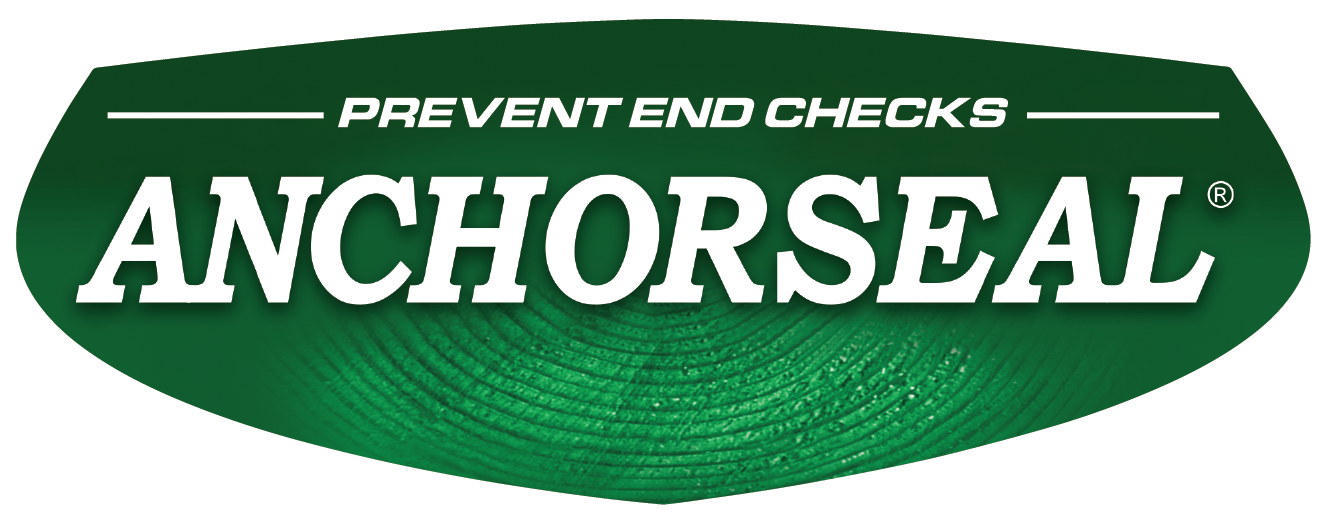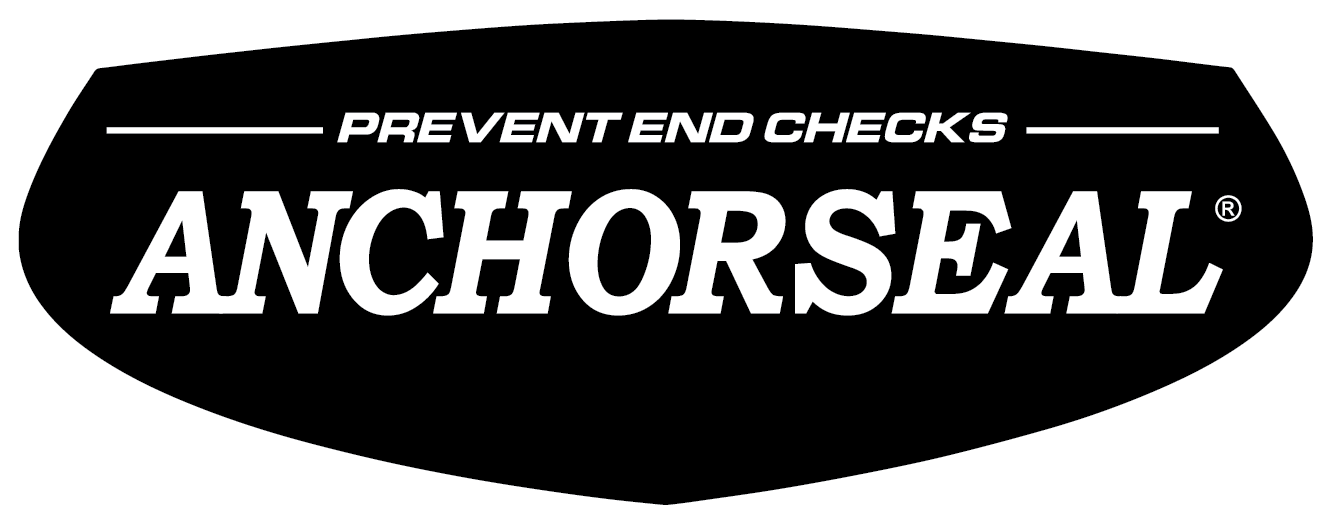You walk into the store and stop in front of the shelf full of wood stains. Water-based or oil-based? Both look good, but which one should you use for your project?
The best part is that both types can give your wood a great finish. The key is to find the one that matches your project, your time, and how much care you want to give later. If you plan to seal a new fence or bring life back to old decking, this guide will help you choose the right stain for your job.
What Is a Water-Based Stain?
Water-based wood stains use water as the carrier instead of oil. That means they dry fast, clean up with soap and water, are more environmentally friendly, and have very little odor.
Many manufacturers use newer high tech resins that penetrate as deep as oil based stains. That makes them a good option if you want to keep the natural grain visible while still adding color. Typically, water based stains afford better color retention vs oil based stains. MARINE GRADE Premium Semi-Transparent Wood Stain show how strong and long-lasting modern water-based options can be.
What About Oil-Based Stains?
Oil-based stains use natural or synthetic oils to carry the pigment deep into the wood. This gives a rich color with additional amber undertones.
Oil based stains dry slowly, giving you ample time to blend the color into the wood for consistent color distribution. They handle temperature swings better than water-based types. But they dry slower, need mineral spirits for cleanup, and release strong fumes, so ventilation is key.
Side-by-Side: Oil vs. Water-Based Stain
|
Feature |
Water-Based Stain |
Oil-Based Stain |
|
Drying Time |
Fast (1–2 hours) |
Slow (8+ hours) |
|
Penetration |
Newer technology allows deep penetration |
Soaks deep into the wood |
|
VOCs & Odor |
Low odor, low VOCs |
Strong odor, high VOCs |
|
Cleanup |
Soap and water |
Mineral spirits |
|
Color Depth |
More natural, lighter finish |
Rich, deep colors |
|
Maintenance |
Normal |
Normal |
|
Water repellency |
Optimal |
Average |
Tips to Help You Pick the Right One
Here are the quick tips you need to consider before deciding:
- Think about where the wood will go. Will it face rain, sun, or foot traffic?
- Check your timeline. Do you need it to dry in a day?
- Make sure your space has airflow if you go with an oil-based stain.
- Look at your cleanup setup. Water-based is easier if you don’t want to deal with chemicals.
U-C Coatings also sells sample-size stains if you want to test before doing the full job. Try the Wood Stain Color Samples (4oz) to see the finish on your wood type first.
Final Thoughts
Both oil-based and water-based stains work well. It just depends on what you need from them. If you want fast results, easy cleanup, and lower fumes, try water-based options. If you want a deeper color and don’t mind a slower job try oil based options.
No matter what you choose, prepping the surface, reading the label, and applying the stain the right way will help your project look good and last longer. Explore U-C Coatings’ full stain collection to get started.














